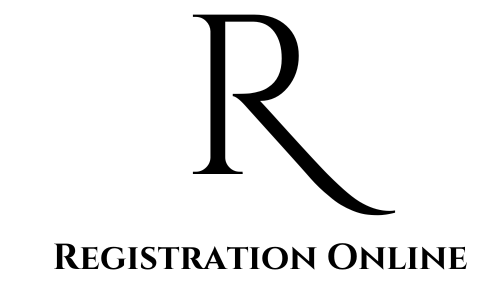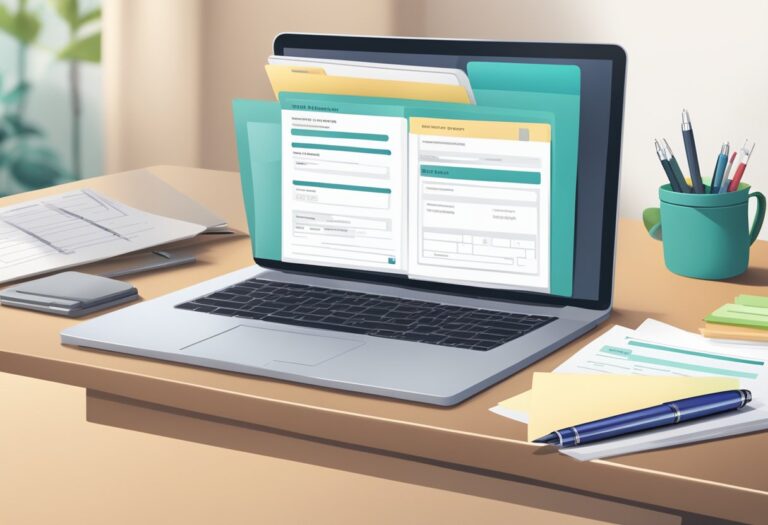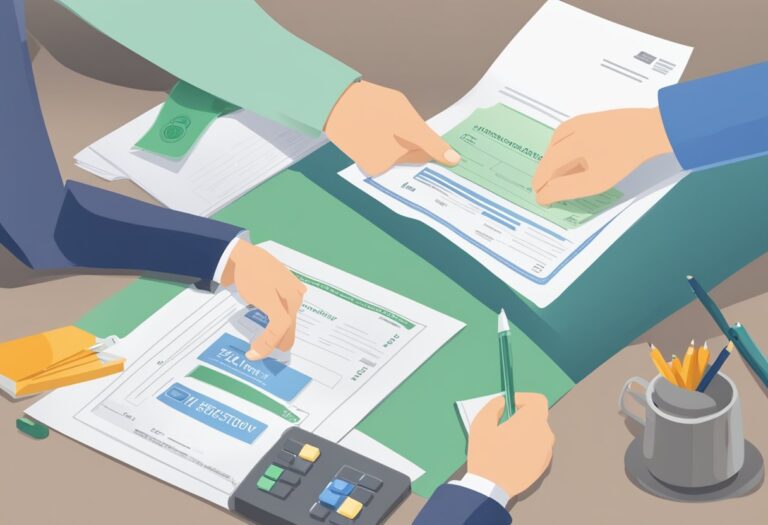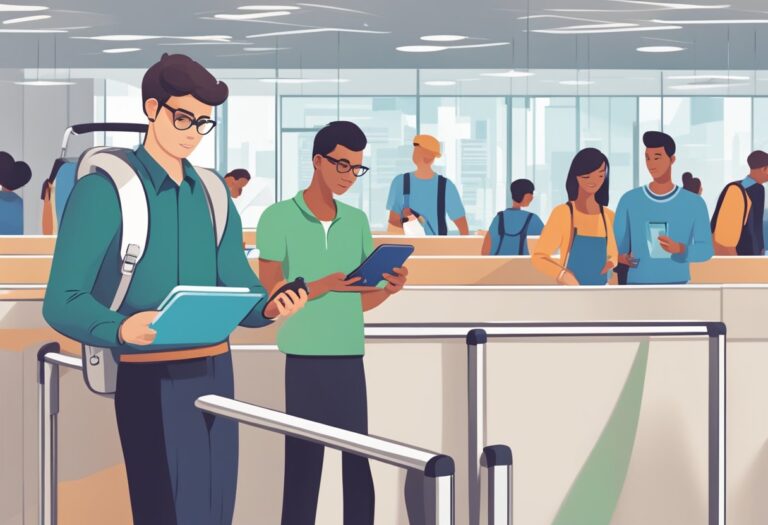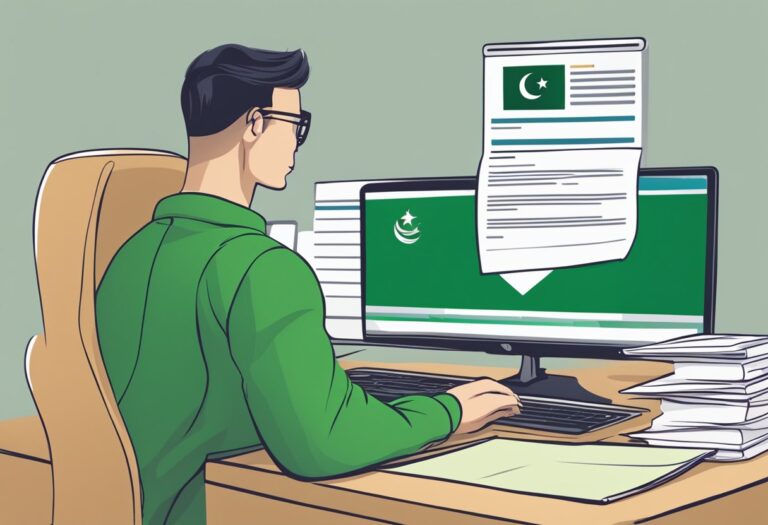Register a Non-Compliant Mobile in PTA Avoid Network Issues
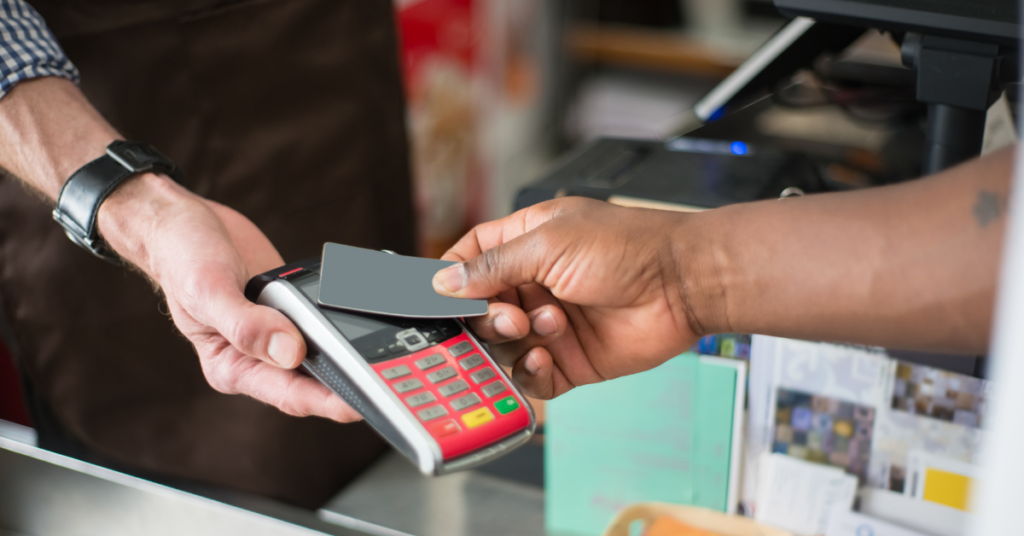
In Pakistan, all mobile devices need to be registered with the Pakistan Telecommunication Authority (PTA) to ensure their legal operation within the country. A non-compliant mobile refers to a device that has not been registered or does not meet the necessary technical requirements set by PTA. These phones often include imported devices, second-hand phones, or phones with unregistered International Mobile Equipment Identity (IMEI) numbers.
Register a non-compliant mobile in PTA is crucial because, without proper registration, the phone may face service restrictions or be blocked entirely from accessing cellular networks. PTA enforces these regulations through the Device Identification Registration and Blocking System (DIRBS), which helps combat the use of smuggled or unauthorized devices.
2. What is a Non-Compliant Mobile?
A non-compliant mobile is any mobile device that has not been registered with the Pakistan Telecommunication Authority (PTA) or fails to meet its regulatory requirements. Non-compliance usually occurs for devices that are imported, second-hand, or those bought from unregistered sources that do not follow proper customs procedures. The main identifier of a compliant device is the IMEI (International Mobile Equipment Identity) number, which must be approved and registered in the PTA’s system.
To regulate mobile devices and ensure legal usage, PTA introduced the Device Identification Registration and Blocking System (DIRBS). DIRBS is a technological system that tracks all mobile devices operating in Pakistan based on their IMEI numbers. It helps identify, block, and restrict unauthorized or non-compliant devices from accessing mobile networks. The system categorizes devices into three types:
- Compliant: Devices that are legally registered and can operate without restrictions.
- Non-Compliant: Devices that have not been registered but can still be registered by paying applicable taxes and fees.
- Blocked: Devices that are deemed illegal and cannot be used on any network in Pakistan.
DIRBS plays a vital role in curbing the use of smuggled phones and ensuring that only approved devices can connect to the country’s telecom networks. Therefore, registering a non-compliant mobile is necessary to avoid having it blocked by PTA and to maintain uninterrupted service.
3. Why You Should Register a Non-Compliant Mobile in PTA
Registering a non-compliant mobile with PTA offers several important benefits, ensuring your device operates smoothly and without legal complications. Here’s why you should prioritize registration:
1. Uninterrupted Service
By registering your non-compliant mobile, you ensure that your phone remains connected to all local mobile networks. Without registration, the Pakistan Telecommunication Authority (PTA) may block your phone from making calls, sending texts, or using mobile data, leading to a complete disruption of your mobile services. Registration ensures continuous access to essential telecom services.
2. Avoiding Fines and Penalties
Failure to register a non-compliant device can result in penalties. If your phone is flagged by PTA’s DIRBS system as non-compliant, you may be subject to fines, particularly if you continue to use an unregistered device. In addition, owning and using smuggled or unauthorized phones can lead to further legal consequences, depending on the severity of the violation.
3. Legal Device Usage
Registering your mobile confirms that it meets the regulatory standards set by PTA, making it legally approved for use within Pakistan. It also ensures that your device is not smuggled or involved in any unauthorized trade practices. With proper registration, you can rest assured that your mobile device is compliant with the law, avoiding the risk of confiscation or service blocking.
Potential Penalties for Not Registering
If you fail to register a non-compliant mobile, you may face the following penalties:
- Service Blocking: Your device will be blocked from accessing all mobile networks, rendering it useless for calls, texts, and data services.
- Fines: PTA may impose fines for using unregistered devices, especially if the device is found to have entered the country illegally.
- Legal Action: In severe cases, repeated violations or usage of unregistered, smuggled devices could result in further legal consequences, such as confiscation of the device.
Registering your non-compliant mobile is a simple way to avoid these potential issues, ensuring you can use your device legally and without interruption.
4. Eligibility Criteria for Registering Non-Compliant Phones
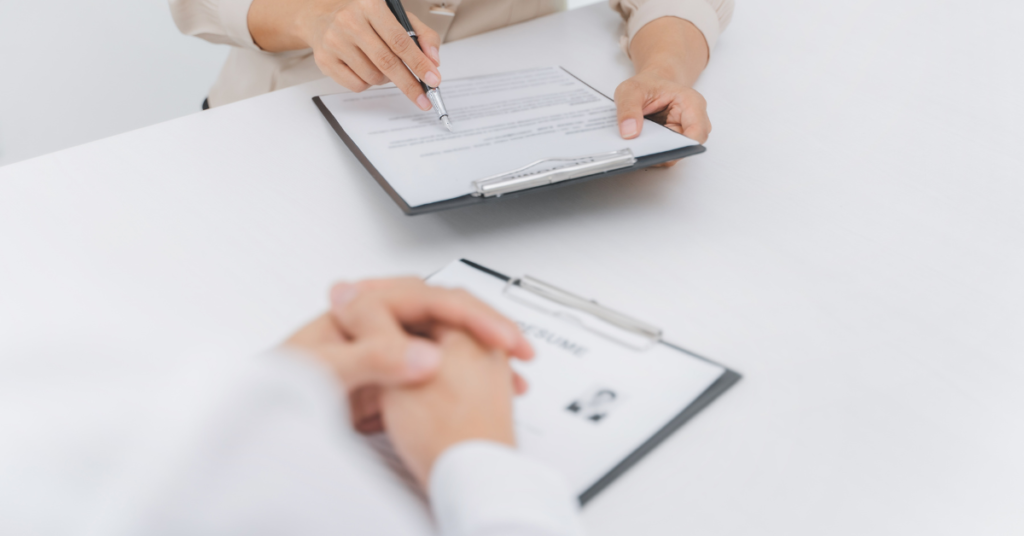
Not all mobile phones need registration with PTA, but if your device falls into certain categories, it must be registered to remain compliant with the Pakistan Telecommunication Authority (PTA) regulations. Here’s a breakdown of the eligibility criteria for registering non-compliant phones:
1. Imported Phones
If you’ve bought a phone from another country or had one sent as a gift, it is likely classified as a non-compliant mobile until it’s registered with PTA. Travelers bringing phones into Pakistan for personal use can register their devices, but they must pay any applicable taxes or duties on imported devices.
2. Second-Hand or Used Phones
Purchasing a second-hand mobile device, especially one that was originally purchased outside of Pakistan, might also require registration. Even if the phone works temporarily, it may eventually be flagged by PTA as non-compliant. If you’re buying a used phone, it’s important to check its compliance status and register it if necessary.
3. Phones with Unregistered IMEI
Some phones may not have their IMEI numbers registered with PTA, making them non-compliant. Users of such phones can register their IMEI to ensure their device works without interruptions. Multiple IMEIs (such as in dual-SIM phones) must all be registered to avoid blocking.
4. New Phones Brought from Local Markets
Although most new phones sold in Pakistan are pre-registered, certain models brought through unofficial channels may not be. If you purchase a phone from a local vendor and it’s flagged as non-compliant, you will need to register it.
Exceptions and Special Cases
- Personal Use Devices: Travelers to Pakistan are allowed to register one phone per calendar year for personal use without paying additional taxes. Any additional devices brought into the country during the same year will be subject to import taxes and registration fees.
- Phones for Temporary Use: If you’re in Pakistan for a short period and only plan to use your mobile for a limited time, you may not need to register your phone, as PTA allows a short grace period of 60 days for temporary devices. After this, registration is required.
- Devices Purchased from Authorized Retailers: Phones purchased from PTA-approved retailers are already registered, and no further action is required. However, it is always a good practice to verify the IMEI number before making a purchase.
By understanding who can register and when it is necessary, you can ensure your non-compliant phone remains active and functional in Pakistan.
5. How to Check if Your Mobile is Non-Compliant

Before registering a mobile phone with the Pakistan Telecommunication Authority (PTA), it’s essential to check whether your device is compliant, non-compliant, or blocked. PTA has made it easy to verify the status of your mobile through the Device Identification Registration and Blocking System (DIRBS). Here’s a simple step-by-step guide to check the compliance status of your phone:
1. Check via SMS
You can quickly check your phone’s compliance status by sending an SMS to PTA’s DIRBS service. Here’s how:
- Open the SMS app on your phone.
- Type your mobile’s IMEI number (International Mobile Equipment Identity). To find the IMEI, dial
*#06#on your phone, and the IMEI will be displayed on the screen. - Send the IMEI number via SMS to
8484. - You will receive a message from PTA with the status of your device.
2. Check via PTA’s DIRBS Portal
Alternatively, you can use the online DIRBS portal to check your phone’s status:
- Visit the DIRBS website: https://dirbs.pta.gov.pk/
- On the homepage, you’ll find a field to enter your IMEI number.
- Input your phone’s IMEI number and click the “Check” button.
- The portal will display the current status of your phone.
3. Understanding the Results
Once you receive the compliance status, PTA will provide one of the following messages:
- Compliant: This means your phone is registered with PTA and meets all legal requirements. You can continue using the device without any issues, and no further action is needed.
- Non-Compliant: If your device is non-compliant, it has not been registered with PTA. While the device is still functional, you must register it to avoid any service disruptions in the future. You’ll need to follow the registration process to make it compliant.
- Blocked: A blocked status indicates that your device is illegal and cannot be used on any network in Pakistan. This could be due to the phone being smuggled or reported stolen. Unfortunately, a blocked device cannot be unblocked or registered for legal use.
4. Additional Tips
- If you have multiple SIMs, check the compliance status for each IMEI number on your phone.
- Double-check that you’ve entered the correct IMEI to avoid confusion.
6. Step-by-Step Process to Register a Non-Compliant Mobile
If your mobile device has been flagged as non-compliant by the Pakistan Telecommunication Authority (PTA), it’s crucial to register it to avoid service interruptions. Below is a simple step-by-step guide to help you through the registration process:
Step 1: Visit the PTA DIRBS Website
To start the registration process, you need to visit the DIRBS (Device Identification Registration and Blocking System) website. The official portal is where you can manage the registration of your non-compliant device.
- Website Link: DIRBS Website
Step 2: Create an Account
If this is your first time using the DIRBS portal, you’ll need to create an account:
- Click on the “Sign Up” button and fill in your email, contact information, and personal details.
- You’ll receive a confirmation email to activate your account.
- After activation, log in to the portal using your email and password.
Step 3: Fill Out the Application Form
Once logged in, proceed to the device registration section:
- Enter your device’s IMEI number(s) (you can find your IMEI by dialing
*#06#on your phone). - Provide the required personal details, such as your name, address, and CNIC (Computerized National Identity Card) number.
- If the device is imported, specify its brand, model, and the country of origin.
Step 4: Pay the Required Fee
After submitting the application form, you will be prompted to pay the applicable taxes and registration fees for your device:
- The system will automatically calculate the fees based on your phone’s brand, model, and customs regulations.
- Payments can be made online via credit/debit card or local bank transfer using PTA’s authorized payment channels.
- Once the payment is processed, you will receive a receipt of the transaction.
Step 5: Await Approval and Confirmation
After submitting your application and payment, the system will process your request. This usually takes a few days:
- PTA will verify your information, confirm payment, and assess your device’s IMEI details.
- You’ll receive a confirmation email or SMS once the process is complete, indicating whether your device has been successfully registered.
Step 6: Check the Updated Status of Your Device
Once you receive confirmation, it’s important to verify that your device’s status has been updated:
- Go back to the DIRBS portal and enter your IMEI number in the compliance checker.
- You should see a status update confirming that your phone is now compliant and legally registered.
- If there are any issues, you can contact PTA’s support team for further assistance.
7. Fees and Taxes for Registering Non-Compliant Mobiles
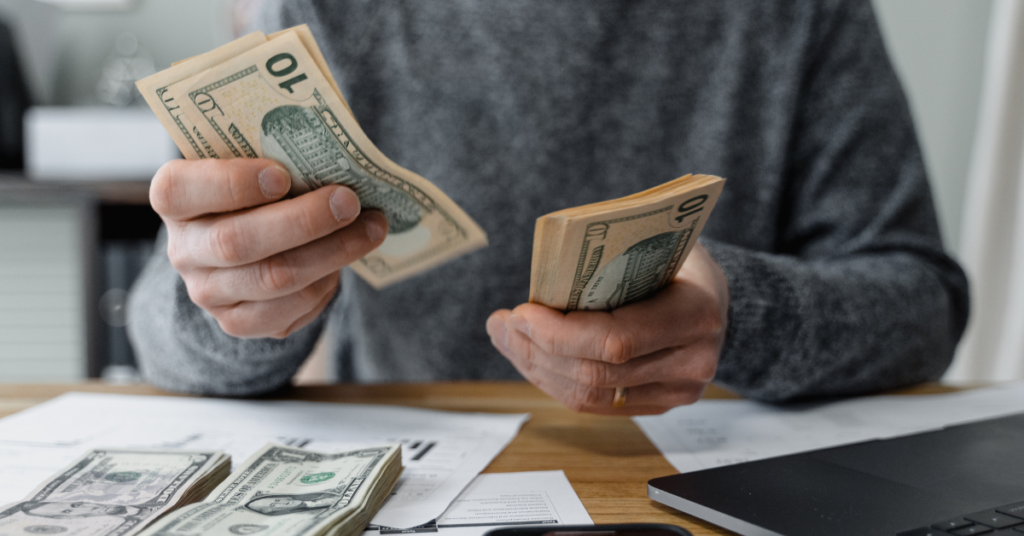
Registering a non-compliant mobile with the Pakistan Telecommunication Authority (PTA) involves certain fees and taxes, which are determined based on the type of device, its value, and its origin. Understanding these costs ahead of time can help you prepare for the registration process.
1. Overview of Registration Fees and Taxes
When registering a non-compliant mobile, users must pay the following charges:
- Customs Duty: This is the primary tax applied to imported devices. The amount varies depending on the phone’s make, model, and value.
- Regulatory Duty: A tax imposed by the government to regulate the import of mobile devices, typically based on the phone’s value.
- Sales Tax: A percentage of the device’s value as per the prevailing sales tax rate in Pakistan.
- Mobile Levy: A levy applied to mobile devices, again based on their market value.
- Income Tax: An additional tax calculated on the device’s declared value.
Each of these taxes and duties is combined into a total registration cost, which must be paid before your device is approved by PTA.
2. How to Calculate or Check the Applicable Fees
Users can calculate the taxes and fees before starting the registration process to estimate the total cost. Here’s how you can check:
- DIRBS Portal Estimator: PTA provides an online calculator tool on the DIRBS portal to estimate the tax amount for your device. You’ll need to enter the brand and model of your phone to get an approximate tax figure.
- Visit the DIRBS tax estimator tool on the DIRBS Website.
- Enter the device details, such as brand, model, and IMEI.
- The tool will display an estimated tax and fee breakdown based on the latest rates and regulations.
- Customs Helpdesks: You can also contact the Pakistan Customs helpline or visit their website for up-to-date tax information on mobile devices.
3. Factors Influencing the Fee Amount
The fees and taxes you’ll be required to pay vary based on:
- Phone Value: More expensive phones (premium models) generally incur higher taxes.
- Origin of Device: Devices imported from certain countries may be subject to higher duties compared to locally available models.
- New or Used: New phones typically have higher taxes, while used or second-hand devices might have lower valuations for tax purposes.
4. Exemptions and Discounts
Some cases may allow for fee reductions or exemptions:
- First Phone Registration: Pakistani citizens traveling abroad are allowed to bring in one phone per year without paying any import taxes. Any additional phones will be taxed.
- Temporary Devices: If you are visiting Pakistan temporarily and using the phone for less than 60 days, you may not need to register it, avoiding the fee altogether.
Conclusion
By calculating the expected taxes before registering your device, you can avoid surprises and ensure a smoother registration process. Make sure to use the DIRBS portal or consult with customs authorities for an accurate estimate of the registration fees for your non-compliant mobile.
8. Common Issues Faced During Registration
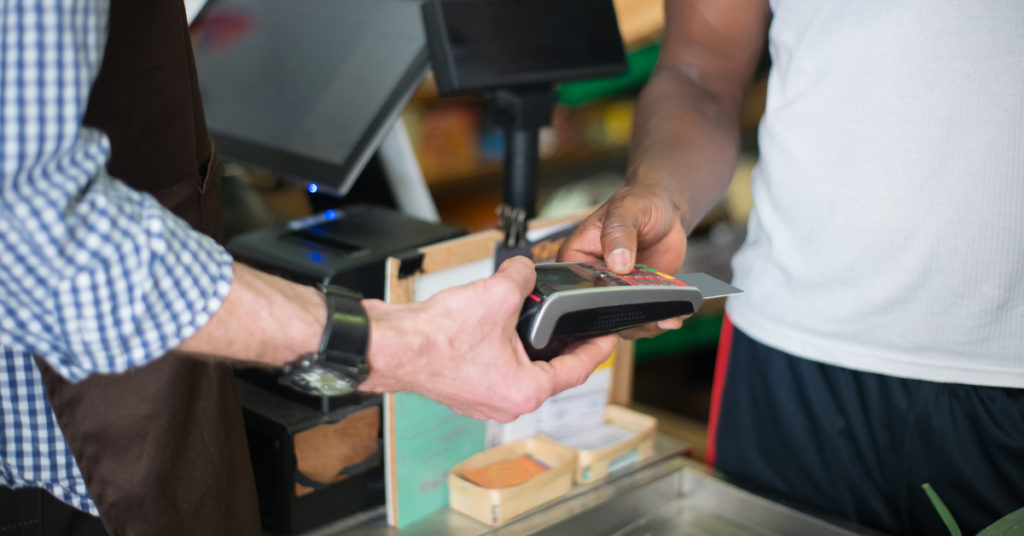
While registering a non-compliant mobile with the Pakistan Telecommunication Authority (PTA) is generally a straightforward process, users may encounter some common issues along the way. Understanding these problems and knowing how to resolve them can help ensure a smooth registration process. Below are some common issues and solutions:
1. Incorrect IMEI Number Entry
One of the most common problems users face is entering the wrong IMEI number during registration. Since the IMEI is a unique identifier for your device, any mistake can lead to delays or rejection of the registration application.
How to Avoid/Resolve:
- Double-check your IMEI by dialing
*#06#on your phone to ensure accuracy. - If you’ve already submitted incorrect details, you can resubmit your application or contact PTA’s support team to correct the mistake.
2. Delays in Approval
Users sometimes experience delays in getting their device approved after completing the registration and payment process. This can happen due to backlogs, incomplete information, or technical issues on PTA’s end.
How to Avoid/Resolve:
- Ensure you provide complete and accurate details during registration.
- Track your application status on the DIRBS portal and follow up if there are extended delays.
- If the delay is prolonged, contact PTA’s helpline for an update on your registration status.
3. Payment Issues
Another frequent issue is payment problems, either due to incorrect payment processing, failed transactions, or unrecognized payments. In some cases, users may complete the application but fail to receive confirmation due to an incomplete payment.
How to Avoid/Resolve:
- Make sure to double-check the payment details and use the approved payment methods listed on the PTA’s website.
- Keep a record of the transaction receipt or confirmation number in case you need to reference it for a support request.
- If your payment fails to register, contact PTA or your bank to resolve the issue.
4. Non-Compliance Despite Registration
In some cases, users may register their mobile phones successfully, but the device may still be flagged as non-compliant or even blocked after the registration process. This can happen due to technical glitches or IMEI issues.
How to Avoid/Resolve:
- Re-check your device’s compliance status using the DIRBS portal or SMS service.
- If your device remains non-compliant after registration, contact PTA’s customer support to investigate and resolve the issue.
5. IMEI Already Registered to Another Device
Occasionally, users may find that the IMEI they are trying to register is already associated with another device. This could occur due to cloning, fraud, or errors in the DIRBS system.
How to Avoid/Resolve:
- Check if the device was previously owned or registered by someone else.
- In the case of IMEI duplication or cloning, reach out to PTA for assistance in resolving the conflict. They may ask for additional documentation to verify ownership.
6. Device Still Blocked After Payment
Some users report that even after paying all required fees and taxes, their device remains blocked or non-functional. This can be a frustrating issue and is usually caused by system delays or missed steps in the registration process.
How to Avoid/Resolve:
- Follow up on the status of your registration using the DIRBS portal.
- If your device remains blocked, contact PTA with proof of payment and request an investigation into the issue.
Tips to Avoid Common Issues:
- Verify your IMEI and device details before submitting the registration form.
- Use the DIRBS tax calculator to estimate the costs and avoid payment delays.
- Keep track of your registration progress by frequently checking the status on the DIRBS website.
- Contact PTA’s customer support if you face persistent issues or delays.
Conclusion
After successfully registering your mobile with PTA, the transition to a compliant status is relatively quick, ensuring you can use your device without interruption. Regularly checking your device’s status is recommended to stay informed and maintain compliance with PTA regulations.
